A BRIGHTER FUTURE
Other well-known companies also seem to have become more comfortable in recent years with presenting characters who are at least implied to be something other than straight.
Today’s Ring of Honor has come a long way since that horror show of a beginning in 2002, having featured the androgynous Dalton Castle as a babyface for much of his run, including a six-month spell as world champion in 2018.
Meanwhile, the success in NJPW of Kota Ibushi and Kenny Omega – collectively the Golden Lovers – during the past decade felt ground-breaking, even though the nature of the duo’s relationship was never explicitly stated.
Of course, while both of these examples indicate important signs of progress they are still cases of (apparently) straight performers portraying characters who are not straight.
It has often been in smaller, independent promotions where wrestlers who are LGBT+ in real life have felt most able to experiment with characters that reflect who they really are.
In the US there are now multiple LGBT+ characters and even a couple of promotions that are dedicated to featuring performers from within the community.
The most recent example was during GCW’s rescheduled ‘The Collective’ weekend in October, where popular indy star Effy hosted his “Big Gay Brunch” – a celebration of the talent and diversity within the scene.
The UK scene has also been ahead of the curve on this issue, with multiple LGBT+ performers and characters in recent years.
A new promotion named Pride Pro Wrestling has plans to debut at London’s Pride festival in summer 2021 (COVID-permitting, of course) and will feature exclusively LGBT+ performers and crew.
“I couldn’t imagine that kind of thing happening a few years ago,” said Reese Ryan, a 22-year-old gay wrestler who is a brand ambassador for Pride Pro.
“I’m so happy to be involved and on that roster. It will be an amazing feeling to be part of that.” Ryan’s own journey in the industry has been a complicated one.
Worried about being shunned by his peers, he nonetheless came out to those at his training school four years ago and experienced mostly positive reactions.
Nonetheless, for a long time he maintained that his wrestling character was straight – a fact that he attributes to some latent resentment that he still harboured about his real-life sexuality.
In early 2020 he changed that policy, openly pushing that his in-ring persona was gay too, and he says it turned out to be a small but important change:
“It’s not that I go out and do anything different to what I did before, but [it’s important] just knowing that I could in some way be a role model for someone who’s not comfortable with themselves. I basically want to be the wrestler that I would have needed when I was coming out.”
Ollie Burns, whose alter ego Priscilla ‘Queen of the Ring’ is also on the Pride Pro roster, has been on a journey spanning almost two decades in British wrestling.
First starting to train in 2002 at the age of 12, he came out behind the scenes at the age of 17 and soon started adding more camp and outlandish elements to his character.
The response was mixed from colleagues and audiences alike: a veteran wrestler tried to throw him out of a locker room on one occasion before a show, only to apologize in front of the roster after seeing him perform, while a crowd at one show in a working men’s club was so hostile that Burns wondered if he might need to be escorted through the car park afterwards for his own safety.
More often, though, the problems he experienced were more subtle – backstage “banter” that was usually mild enough that he feared being thought of as oversensitive if he complained about it.
He embraced the acerbic drag queen persona of Priscilla as a way of dealing with that: “It’s my way of joining in with it when the guys are making jokes,” he said. “I’ve turned myself into a joke, except I’m taking that joke very seriously.”
That being said, if the character began as a form of emotional armour, over time Burns has become more comfortable in Priscilla’s skin:
“Last year I got some sparkly boots and I got tits for the first time – oh boy am I proud of them! I invested a few hundred pounds to help me feel good, and now it’s a bit of a party. I’ve started to really relax and enjoy the character.”
This hints at an important point: even characters that play into stereotypes can sometimes be empowering, both to the performers portraying them and the fans watching them.
For example, despite all of its flaws, the Goldust character was one that Burns did not see as entirely negative when he was growing up – in fact it helped to inspire him.
“To think that you could be this overpowering masculine character but also wear make-up and have these ridiculous feathers and a wig on, it blew my mind,” he explains. “It created a lifelong fascination with mixing wrestling and gender play.”
While he later found elements of the Goldust character to be frustrating, this admission shows that things are much more complicated than camp, flamboyant gay characters being bad and macho, “straight-acting” gay characters being good – why after all should all gay characters conform to the heterosexual norm of what a tough wrestler is supposed to be?
The key here is variety: it’s not that Gorgeous George, Goldust or even Chuck and Billy are problematic per se, but rather that they become problematic when their heelish, over-the-top caricatures are the only type of gay character that ever gets presented, so that viewers are conditioned to believe that all LGBT+ people deserve either laughter or derision.
At its heart professional wrestling has always had a pretty conservative worldview: the heroes have always been the athletic heartthrobs wrapped in a flag and espousing traditional family values, while the heels have often been anything that seems like a threat to that ideal.
The foreign menace wanting to destroy our way of life, the criminal trying to steal success from those who have earned it fair and square, or – in the case of LGBT+ characters – the effeminate deviant undermining the very idea of what it means to be a “real man”.
Just as the rest of society has realized over time that the world is much more complicated, the entertainment presented to the public by our industry has made reluctant, inconsistent moves in the same direction.
Yes, this slow on-screen progress is particularly frustrating given that the same industry has often been unexpectedly accepting to LGBT+ performers behind the scenes, but it is progress nonetheless and its speed has been accelerating in the past few years.
“I can’t stress enough how much the mindset of everyone has changed,” says Ryan. “I remember feeling vulnerable, but I don’t feel anything like that now. If anything I feel celebrated. I wish I could go back and tell my younger self that it’s all going to be alright.”
That optimism does not seem misplaced: after a torrid history, it finally seems as though pro wrestling is headed in a direction where LGBT+ characters are going beyond stereotypes to reflect the huge range of shapes, sizes and personalities that really exist.
The industry is becoming a place wherein the very near future, no real-life performer or in-ring character will have any reason to fear negative consequences if they are bisexual or transgender, or if they utter those three words with which I began this article: “I am gay”.
Trending
- Big Change To Cody Rhodes Vs. Logan Paul At WWE King & Queen Of The Ring
- Clarification On Major Upcoming WWE Championship Match?
- Major Change For Upcoming WWE SmackDown
- WWE Provides Update On Bo Dallas Faction Debut
- WWE Bloodline Member Debuts New Look
- SmackDown Semi-Finals For WWE King & Queen Of The Ring Confirmed
- WWE Star Provides Clarity On ‘Very Serious’ Injury
- AEW Star Requested Recent Dynamite Presentation Change
- WWE Star Reveals They’re Working On A Movie
- Injury Update On Eddie Kingston Following Change To AEW Double Or Nothing






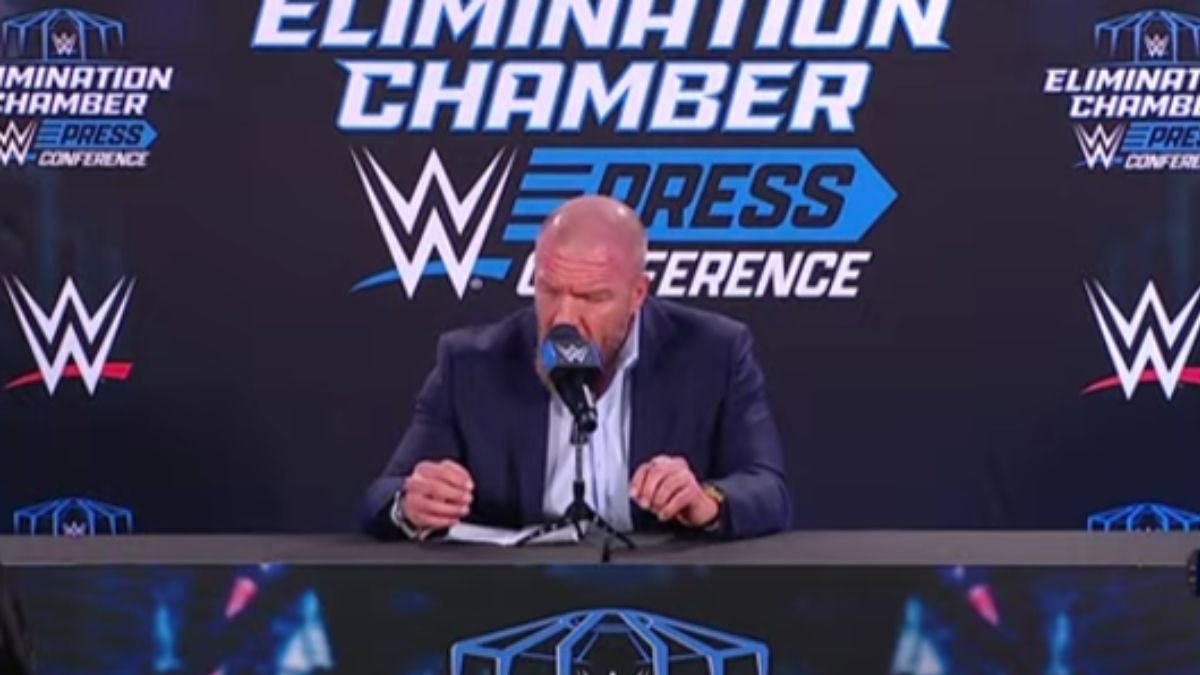

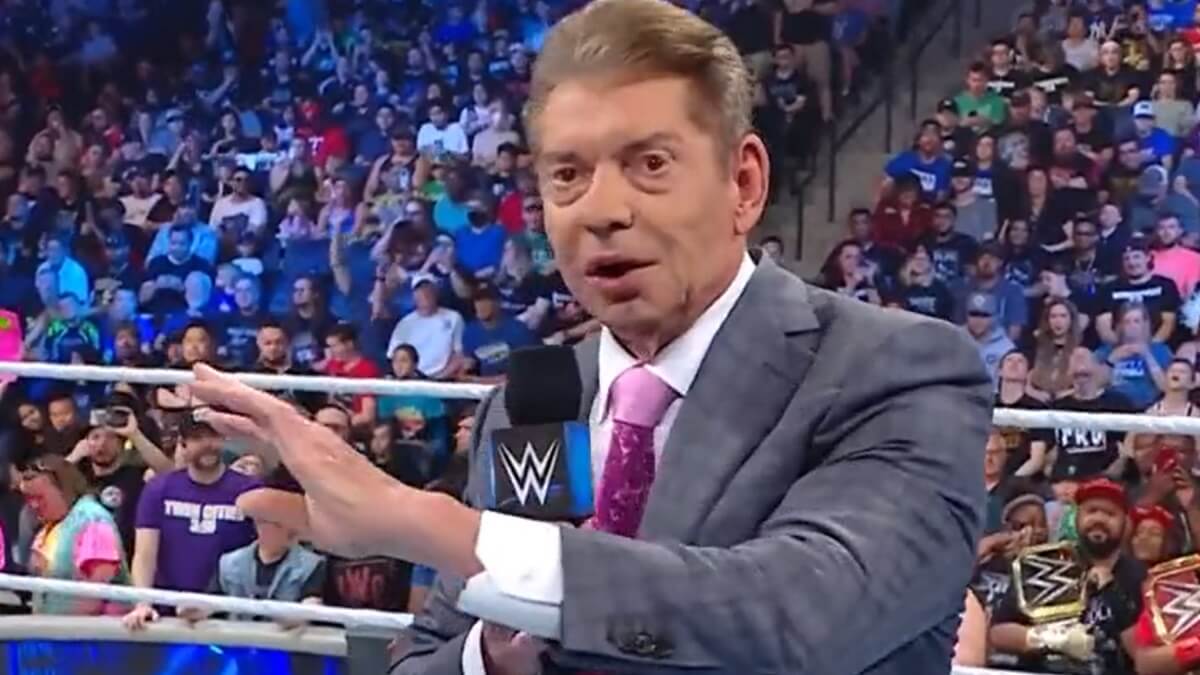
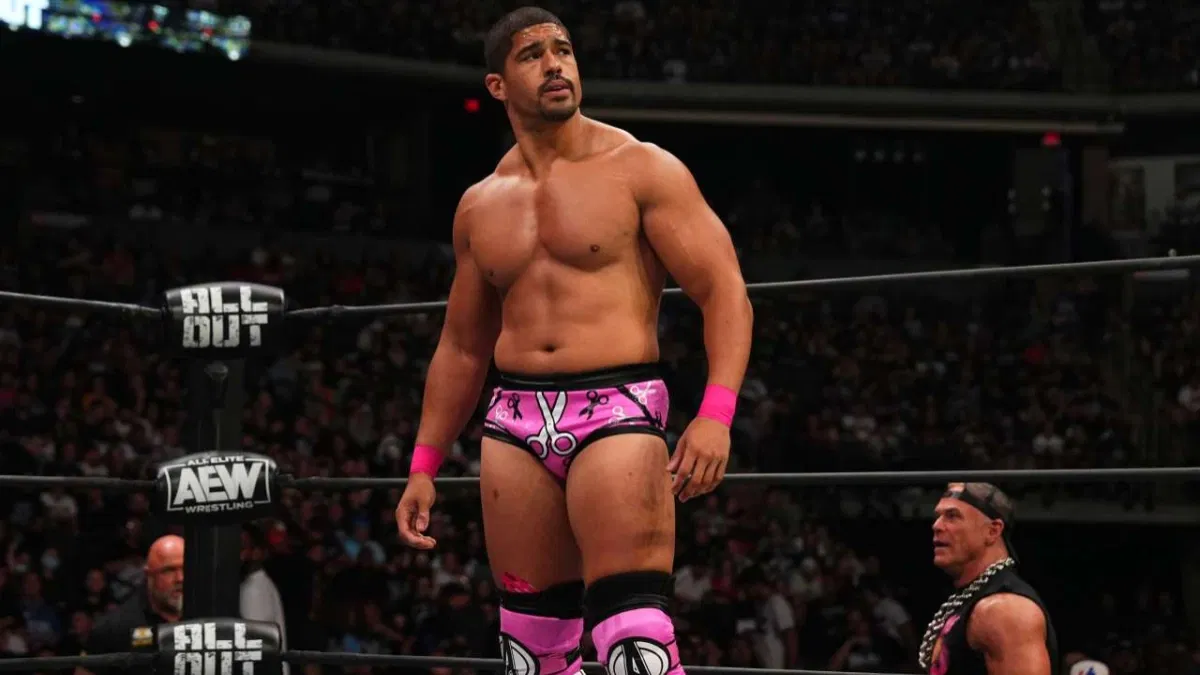



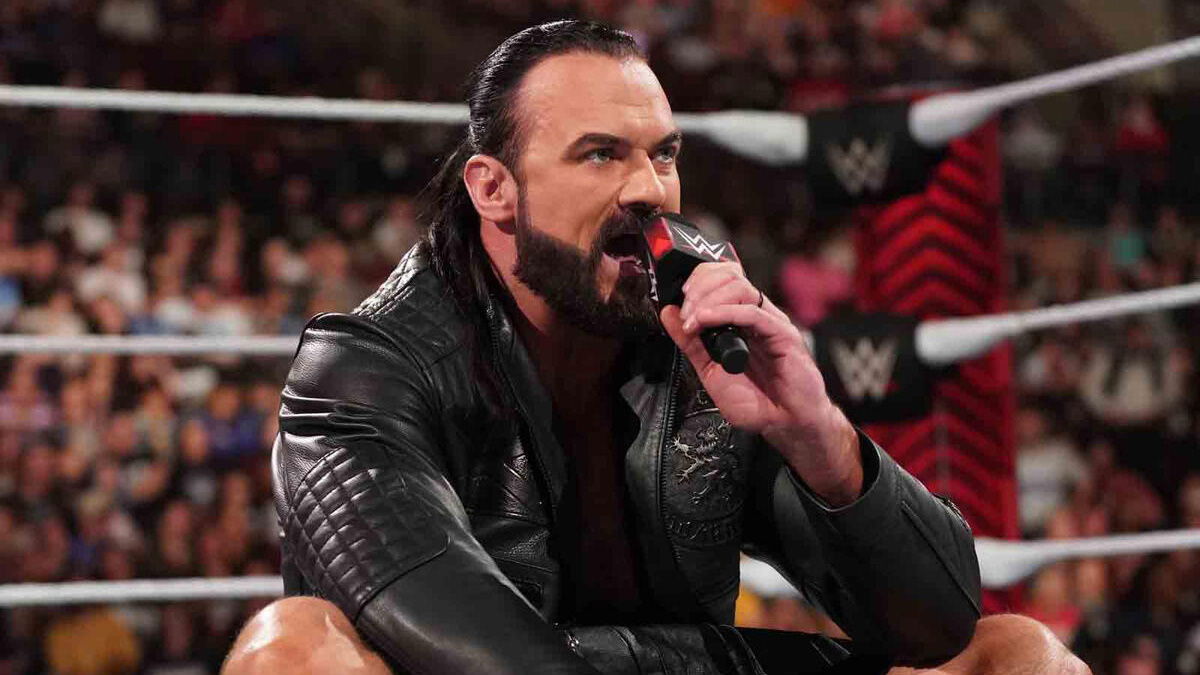
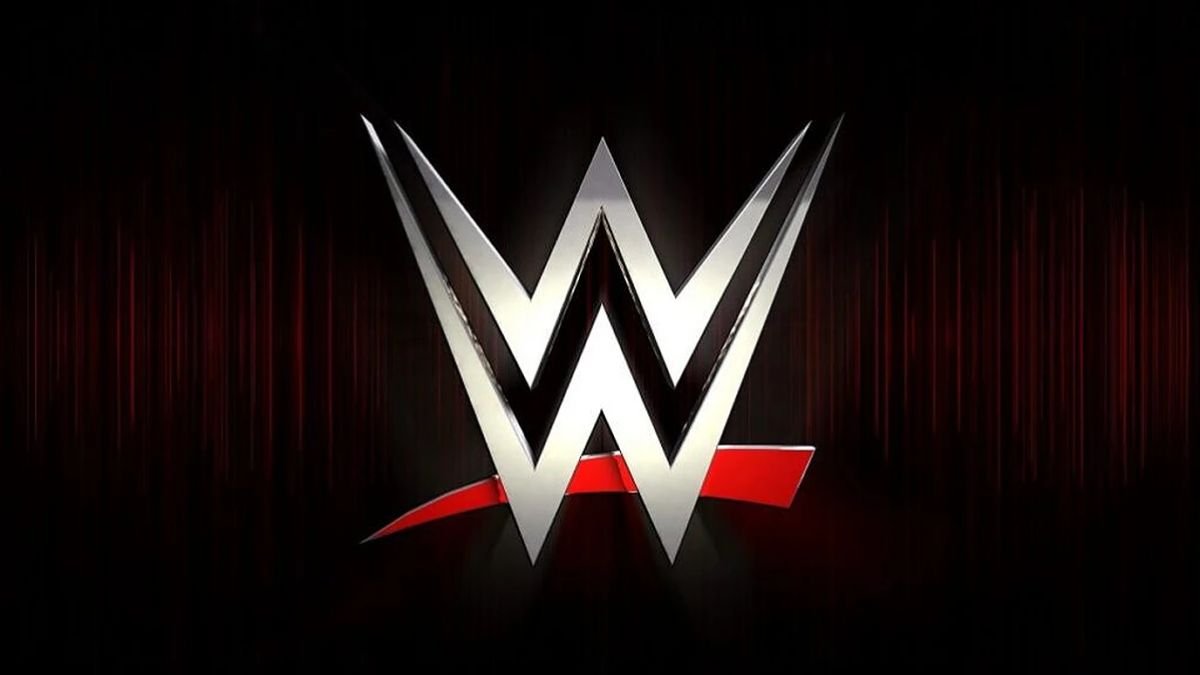
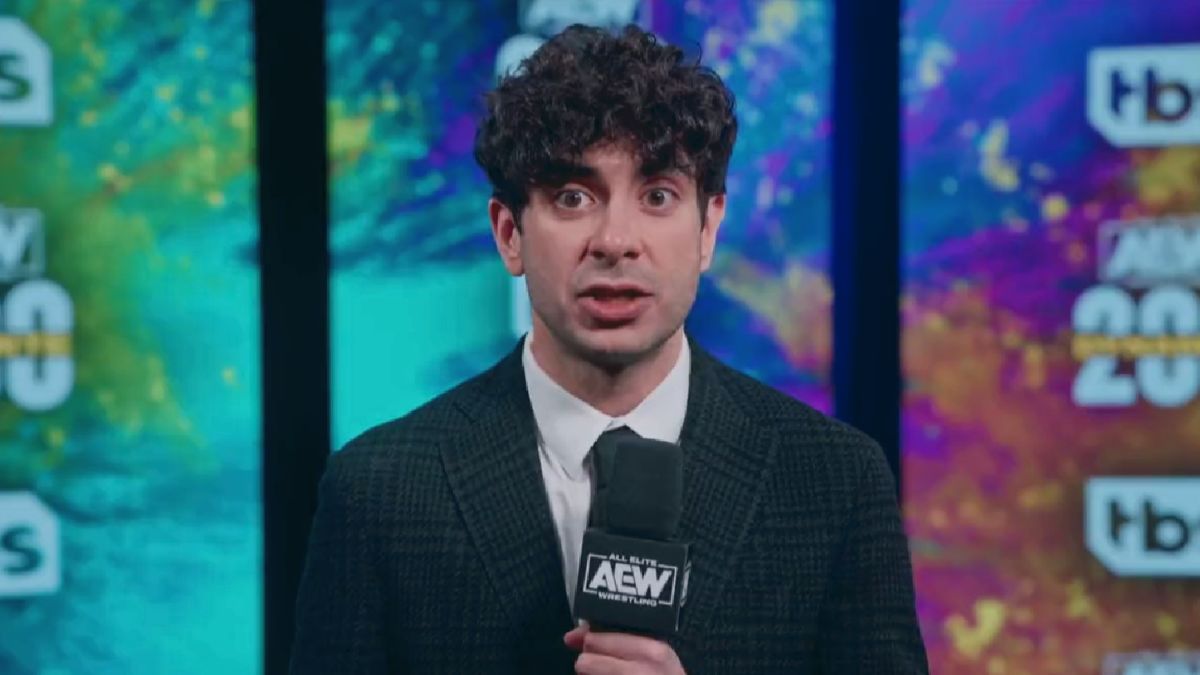
 mailing list
mailing list